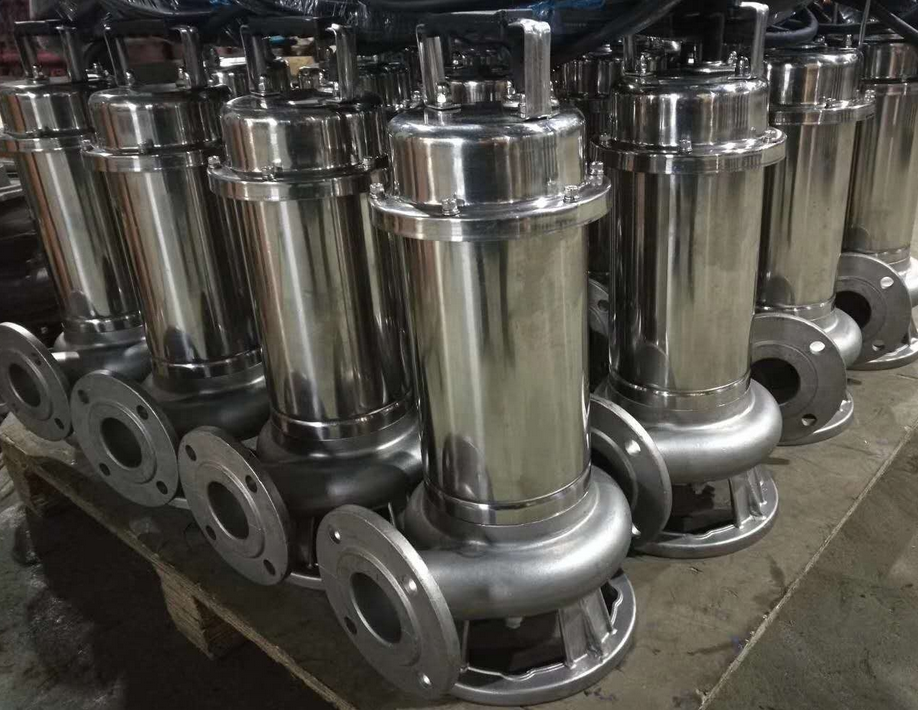Working principle of sewage lifting pump
The working principle of the sewage lifting pump is mainly based on the motor driving the impeller to rotate, sucking in sewage by generating negative pressure, and using centrifugal force to discharge sewage, so as to achieve the lifting and transportation of wastewater and sewage. Specifically, its working principle can be summarized as follows:
1. The structure and composition of the pump
The sewage lifting pump is mainly composed of a motor, a pump body, an impeller, a sealing device and a control system. Among them, the motor is the power source of the pump, the pump body is the part that holds and transports sewage, and the impeller is the core component of the pump, which is responsible for converting electrical energy into mechanical energy and driving the flow of sewage. The sealing device is used to prevent leakage between the pump body and the external environment to ensure the normal operation of the pump. The control system is used to control the start and stop and operation of the pump, and automatically adjust the working state of the pump according to parameters such as the flow rate and pressure of the sewage.
2. Suction and discharge process
The working process of the sewage lifting pump can be divided into two stages: suction and discharge:
Suction stage: Driven by the motor, the impeller starts to rotate and generates negative pressure. This negative pressure causes sewage to be sucked into the pump body from the water inlet. During this process, the pressure inside the pump body gradually decreases, and the external sewage is pushed into the pump body under the action of atmospheric pressure.
Discharge stage: As the impeller continues to rotate, the sewage is subjected to the centrifugal force inside the pump body and is pushed to the drain port of the pump body. In this process, the pressure of the sewage gradually increases, and finally it is discharged from the pump body from the drain port and enters the drainage pipe or other treatment facilities.
3. Lifting height and flow rate
The lifting height and flow rate of the sewage lifting pump are important indicators of its working performance. The lifting height refers to the maximum height to which the pump can lift the sewage, while the flow rate refers to the amount of sewage that the pump can transport per unit time. The size of these two indicators depends on factors such as the power of the pump, the structure of the impeller and the size of the pump body. Generally speaking, the greater the power, the more reasonable the impeller structure and the larger the pump body size of the sewage lifting pump, the greater its lifting height and flow rate.
4. The role of the control system
The sewage lifting pump is usually equipped with an advanced control system to control the start, stop and operation of the pump. This control system can automatically adjust the working state of the pump according to parameters such as the flow and pressure of the sewage to ensure the safe and stable operation of the pump. At the same time, the control system can also monitor the operating status of the pump, detect and handle faults in a timely manner, and improve the reliability and maintenance efficiency of the pump.
5. Working principle of special types of sewage lifting pumps
In addition to the above-mentioned traditional sewage lifting pumps, there are some special types of sewage lifting pumps, such as pneumatic sewage lifting pumps. This type of pump uses compressed air as a power source and realizes the suction and discharge of sewage through the reciprocating motion of the diaphragm. Although its working principle is different from that of traditional sewage lifting pumps, it can also achieve the function of lifting and conveying sewage.





